How Data Availability and Cost Relate to AI Differentiation?
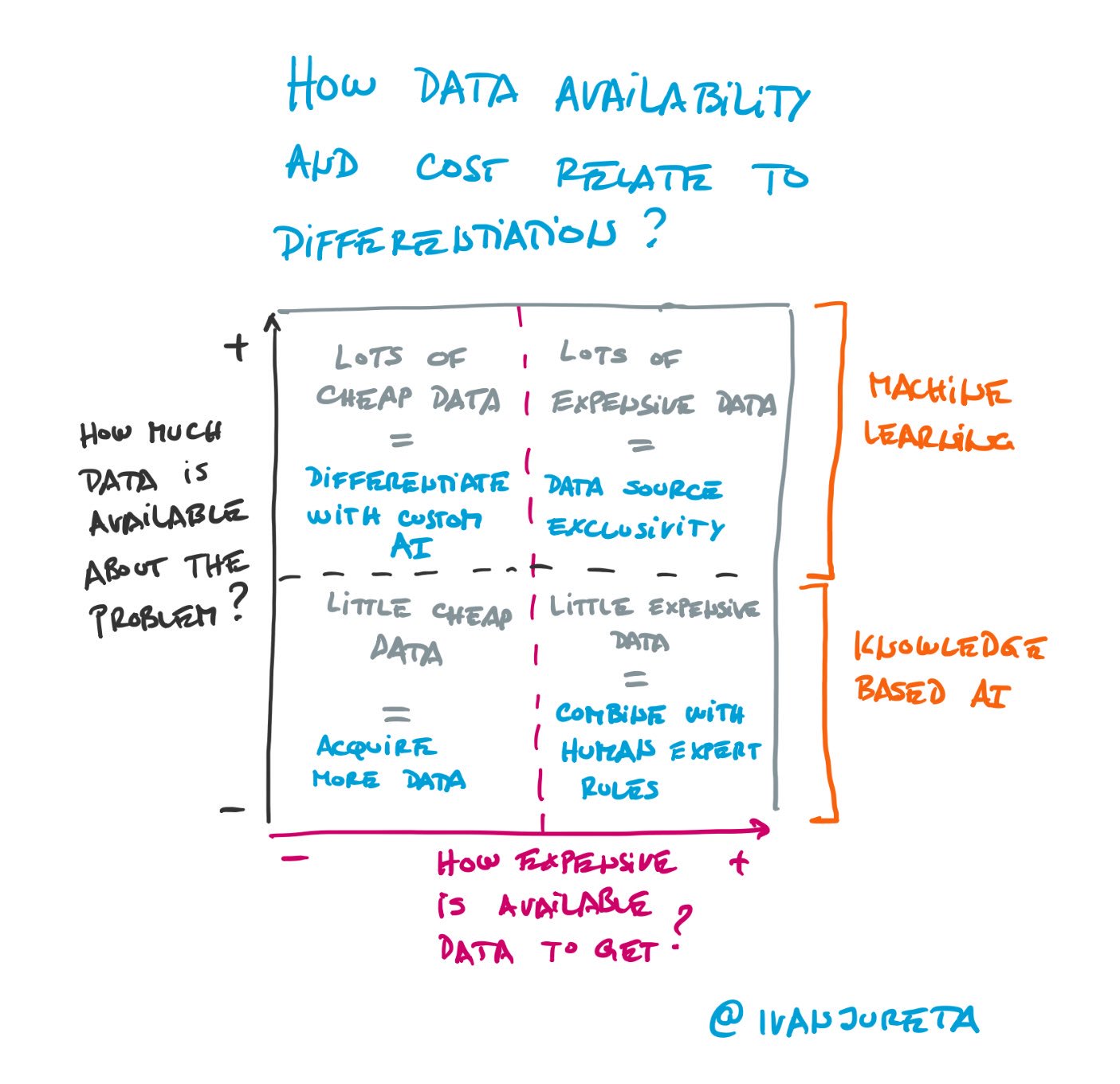

When someone pitches me an #ai/#MachineLearning idea, I always (also) ask about #data availability, data cost, and how they relate to their product differentiation and #aitechnology. Here’s how I see them, roughly speaking. #strategy #AIstrategy #AIeconomics pic.twitter.com/v6yb8JOHwi
— ivanjureta (@ivanjureta) February 19, 2018
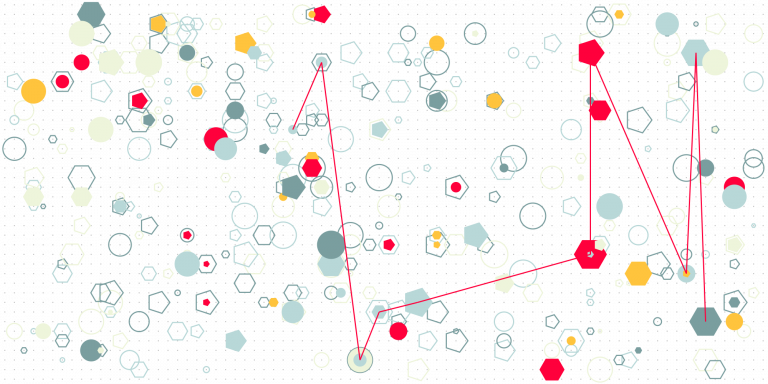
Can “an artificial intelligence machine be an ‘inventor’ under the Patent Act”? According to the Memorandum Opinion filed on September 2, 2021, in the case 1:20-cv-00903, the US Patent and Trademark Office (USPTO) requires that the inventor is one or more people [1]. An “AI machine” cannot be named an inventor on a patent that…
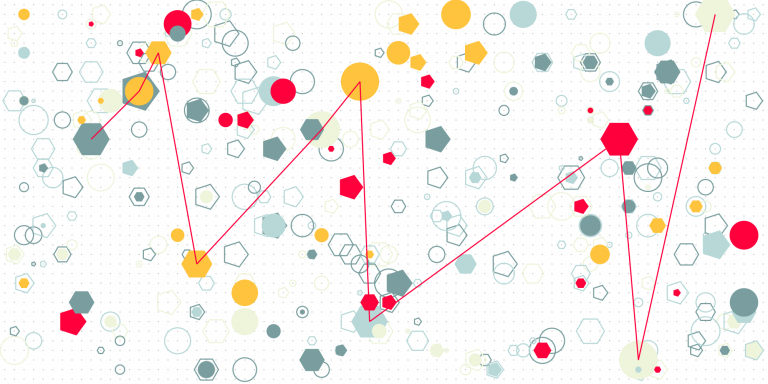
The short answer: careers that reward creative problem solving in domains with scarce knowledge. Let’s unpack that.
Analysis of temporal properties of nonfunctional – i.e., quality – requirements (NFRs) has not received significant attention. In response, this paper introduces basic concepts and techniques needed for the specification and analysis of time properties of NFRs. Jureta, I.J. and Faulkner, S., 2008, October. Timing Nonfunctional Requirements. In International Conference on Conceptual Modeling (pp. 302-311). Springer, Berlin,…
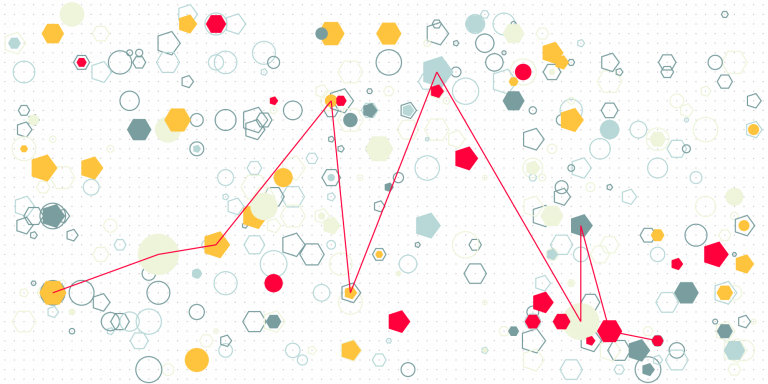
Let’s start with the optimistic “yes”, and see if it remains acceptable. Before we get carried away, a few reminders. For an LLM to be a source of competitive advantage, it needs to be a resource that enables products or services of a firm “to perform at a higher level than others in the same…
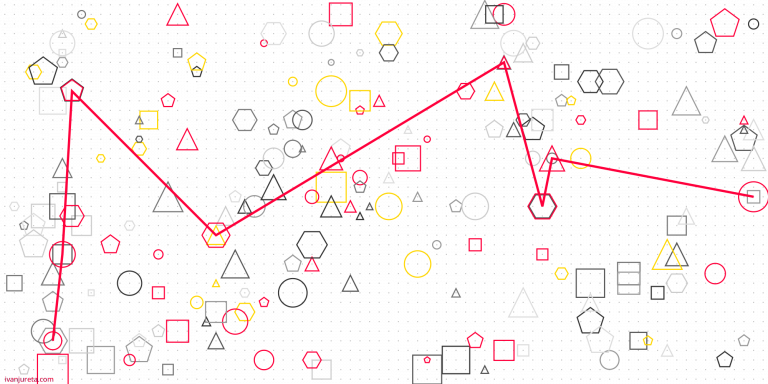
Is it one that led to the best outcome? Or one that integrates all the relevant and available information? Maybe one that is liked by a majority? If decision governance is followed to the letter, will that guarantee a high quality decision? The quality of a decision depends on the following: The reason a decision…
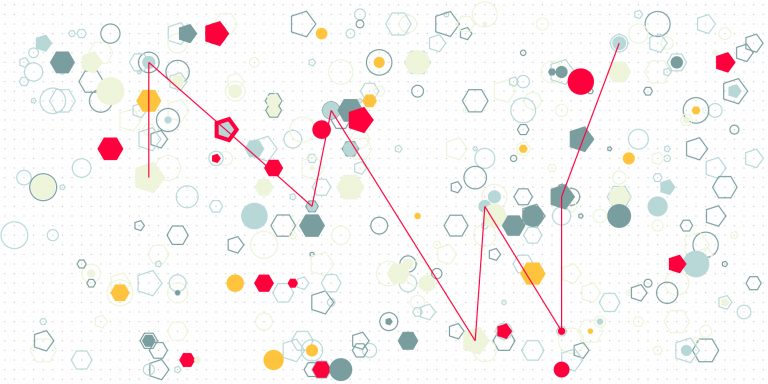
How good of an explanation can be provided by Artificial Intelligence built using statistical learning methods? This note is slightly more complicated than my usual ones. In logic, conclusions are computed from premises by applying well defined rules. When a conclusion is the appropriate one, given the premises and the rules, then it is said…